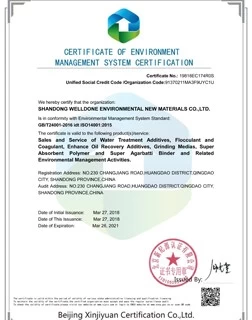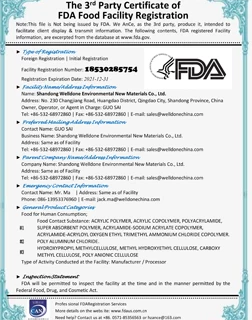Can hydroxyethyl cellulose in real stone paint and latex paint be replaced with hydroxypropyl methylcellulose?
Can hydroxyethyl cellulose in real stone paint and latex paint be replaced with hydroxypropyl methylcellulose?
Cellulose products are derived from natural cotton pulp or wood pulp and are produced through etherification reaction. Different cellulose products use different etherifying agents. Hydroxyethyl cellulose (HEC) uses ethylene oxide as the etherifying agent, and hydroxypropyl methylcellulose (HPMC) uses other types of etherifying agents. (Methyl chloride and propylene oxide).
In real stone paint and latex paint, hydroxyethyl cellulose can be used as a thickener.
Real stone paint and latex paint are easy to precipitate because of their large amounts of aggregates and heavy specific gravity. Thickeners need to be added to increase their viscosity to meet the viscosity required during construction spraying, improve their storage stability, and achieve a certain strength.
If you want real stone paint to achieve good strength, good water resistance and weather resistance, the selection of raw materials and the design of the formula are very important.
Under normal circumstances, the amount of emulsion used in high-quality real stone paint will be relatively high.
For example, in one ton of real stone paint, there may be 300kg of pure acrylic emulsion and 650kg of natural colored stone sand. When the solid content of the emulsion is 50%, the volume of 300kg of emulsion after drying is about 150 liters, and the volume of 650kg of sand is about 228 liters. In other words, the PVC (Pigment Volume Concentration) of the real stone paint at this time is 60%. Because the particles of colored sand are large and irregular in shape, under certain particle size distribution conditions, the dried real stone paint may be at the CPVC (critical Pigment volume concentration) around. As far as the thickener is concerned, if cellulose with appropriate viscosity is selected, real stone paint can form a relatively complete and dense paint film to meet the three major performance requirements of real stone paint. If the content of the real stone paint emulsion is low, it is recommended to use cellulose with a higher viscosity as a thickener (such as 100,000 viscosity), especially after the price of cellulose increases. This can reduce the use of cellulose and make the real stone The performance of the paint is even better.
Some economical real stone paint manufacturers use hydroxypropyl methylcellulose instead of hydroxyethyl cellulose due to cost and other factors.
Comparing the two celluloses, hydroxyethyl cellulose has better water retention, will not lose water retention due to gelation at high temperatures, and has a certain degree of mildew resistance. For performance reasons, it is recommended to use hydroxyethyl cellulose with a viscosity of 100,000 as a thickener for real stone paint.




.jpg.webp)

